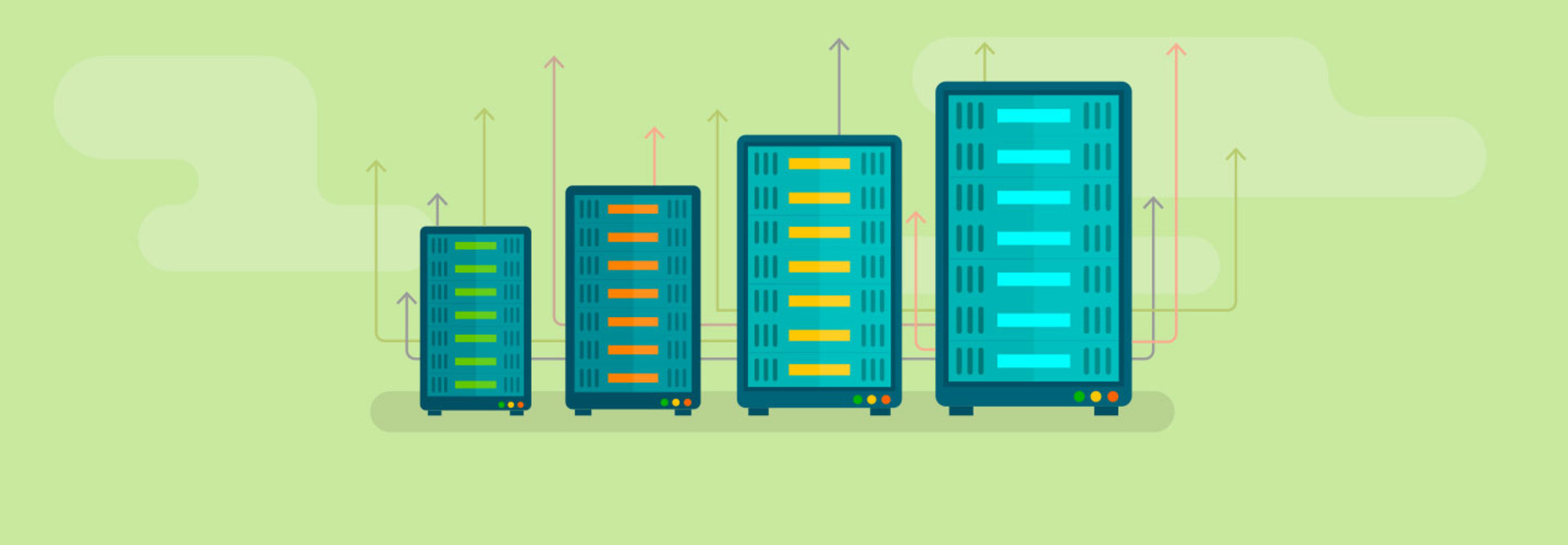State and Local Governments Can Boost Productivity with Strategic IT Investments
State governments have readily adopted IT to improve the convenience and quality of services, but few have managed to use IT to reduce costs. The time is ripe for the public sector to fulfill the original promise of e-government by using technology to boost productivity.
The Information Technology and Innovation Foundation has estimated that if state governments were to fully develop IT-driven productivity strategies, they could realize as much as $11 billion in savings over the next five years. Policymakers can develop state productivity strategies in several important ways.
Assess Operations
First, perform a formal assessment of all major government functions and identify the ones with the most direct costs (not including transfer payments to others) and those that show potential for productivity improvement. Also, examine potential savings to users to deliver benefits to the broader economy and society overall.
For example, in 2013, Utah began placing sensors along highways to monitor road conditions, track the efficiency of road crews and help divert traffic during emergencies. These sensors not only reduced the costs of weather response, but aided the community by improving safety and reducing the length of road closures, time spent commuting and fuel costs. In fact, the sensors helped reduce car crashes in Utah by 39 percent. When evaluating IT investments, policymakers should look for this kind of enhanced overall productivity.
Invest in IT
Achieving productivity through IT cost-cutting doesn’t mean scrimping on needed investments. In many cases, governments will need to spend more on IT to save money elsewhere. Many states need to modernize their IT infrastructure by adopting new and innovative technologies. North Carolina took this idea to heart with its Innovation Center program, which allows state employees to test different technologies before adopting them for wider use.
Look at Labor
Productivity strategies should focus on using technology to cut costs across government, including labor costs. State leaders often do not want to commit to IT-generated cost savings, in part because achieving them can require workforce downsizing, something that is often politically challenging. As a result, government officials tend to make the case for increased government IT investment based on improving the quality of services, rather than on reducing direct costs.
Incentivize Staff
Track annual productivity gains across all government services, and reward employees who helped make the gains possible. Policymakers should spur the state to develop its workforce culture into one of continuous improvement and productivity, producing reports on the improvements, cost savings and the overall productivity of the state each year. For example, Minnesota’s Office of Continuous Improvement awards employees who find ways to reduce waste, cut costs and make state services work better for Minnesotans.
Promote the CIO
Finally, states must grant the CIO the authority to oversee comprehensive IT-enabled productivity strategies. CIOs need to be more than just IT managers focused on outcomes. They need to be able to craft IT-based re-engineering and productivity plans, with an eye to improving efficiency across all state operations.
Now is the time to fulfill the original promise of e-government: not only to provide better and more convenient services, but also to drive productivity in state governments and economies. By committing to IT-enabled productivity strategies, policymakers can keep that promise.









